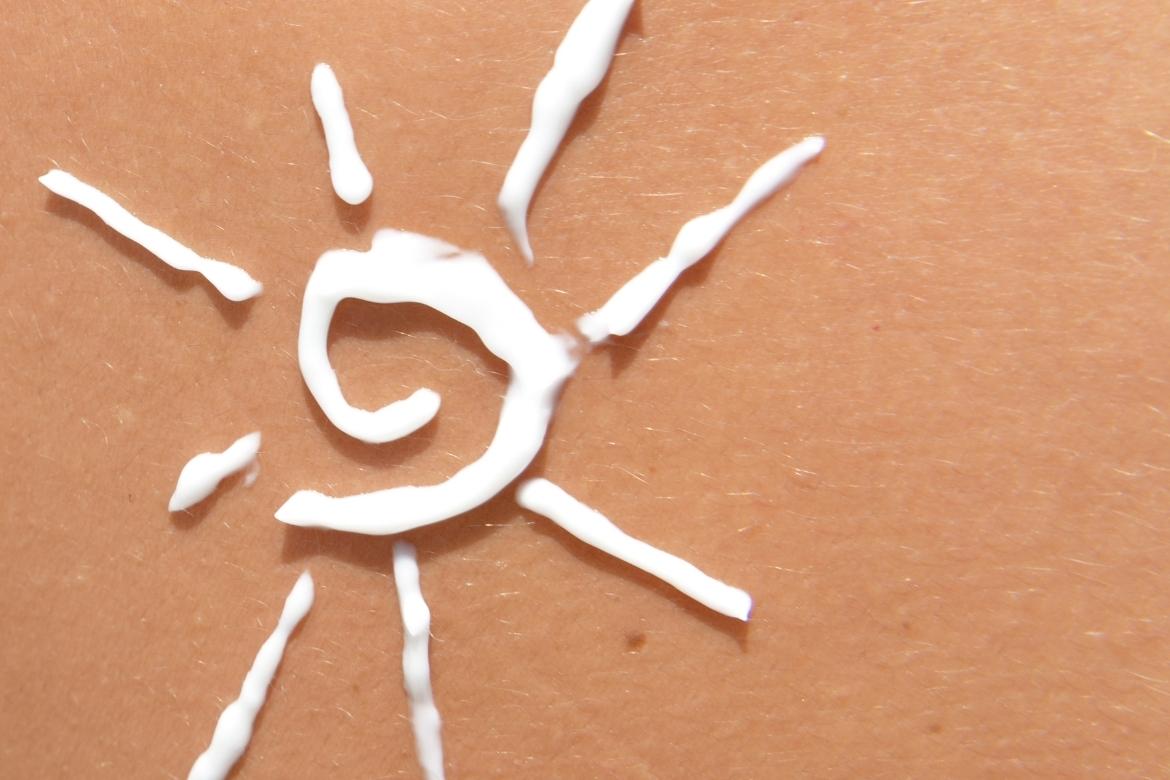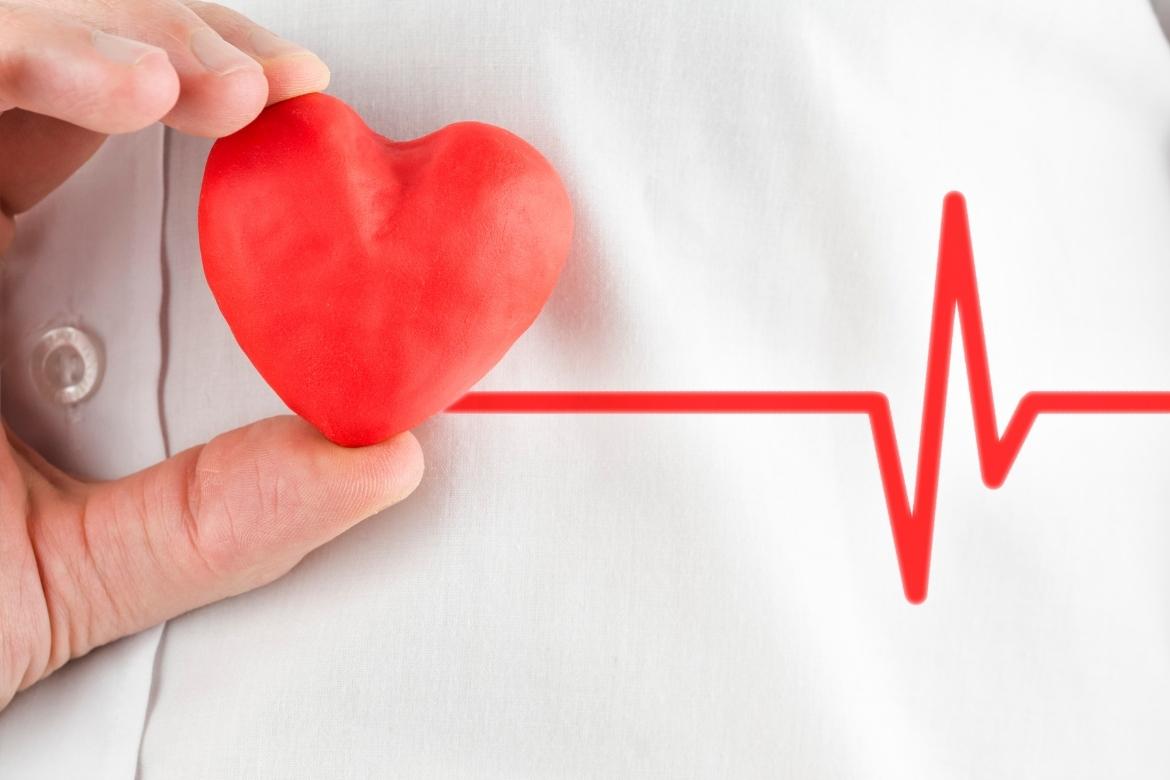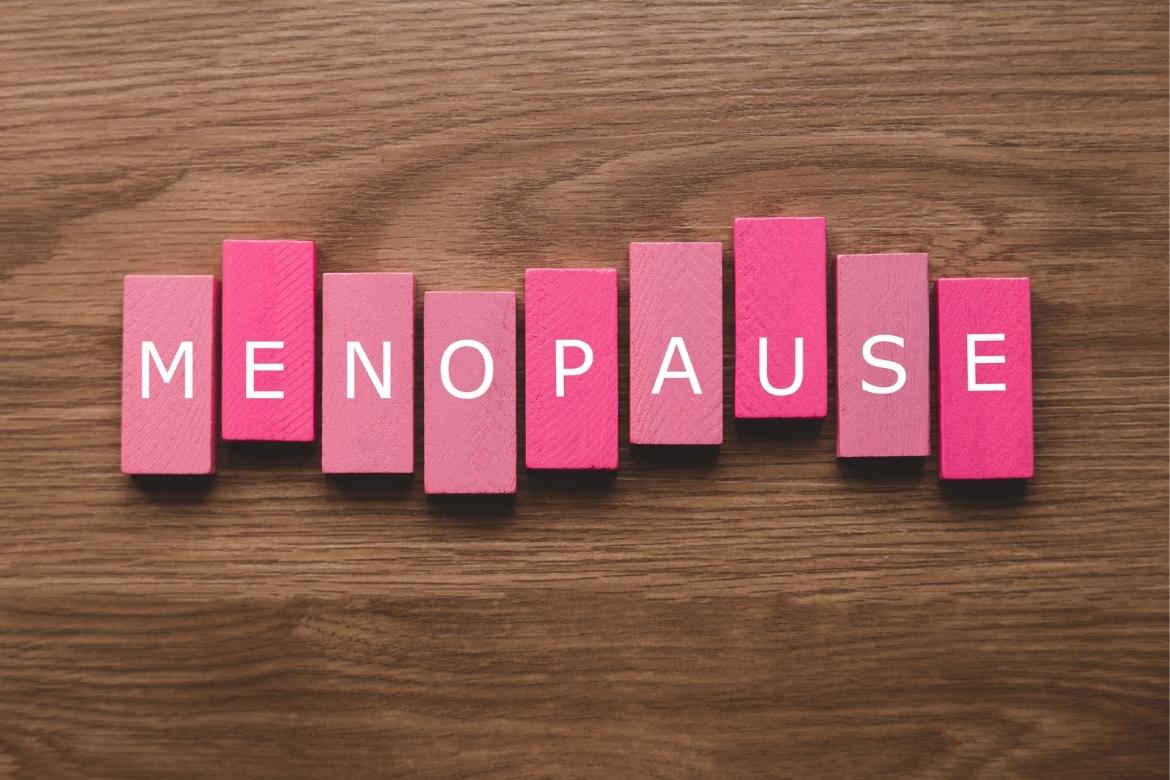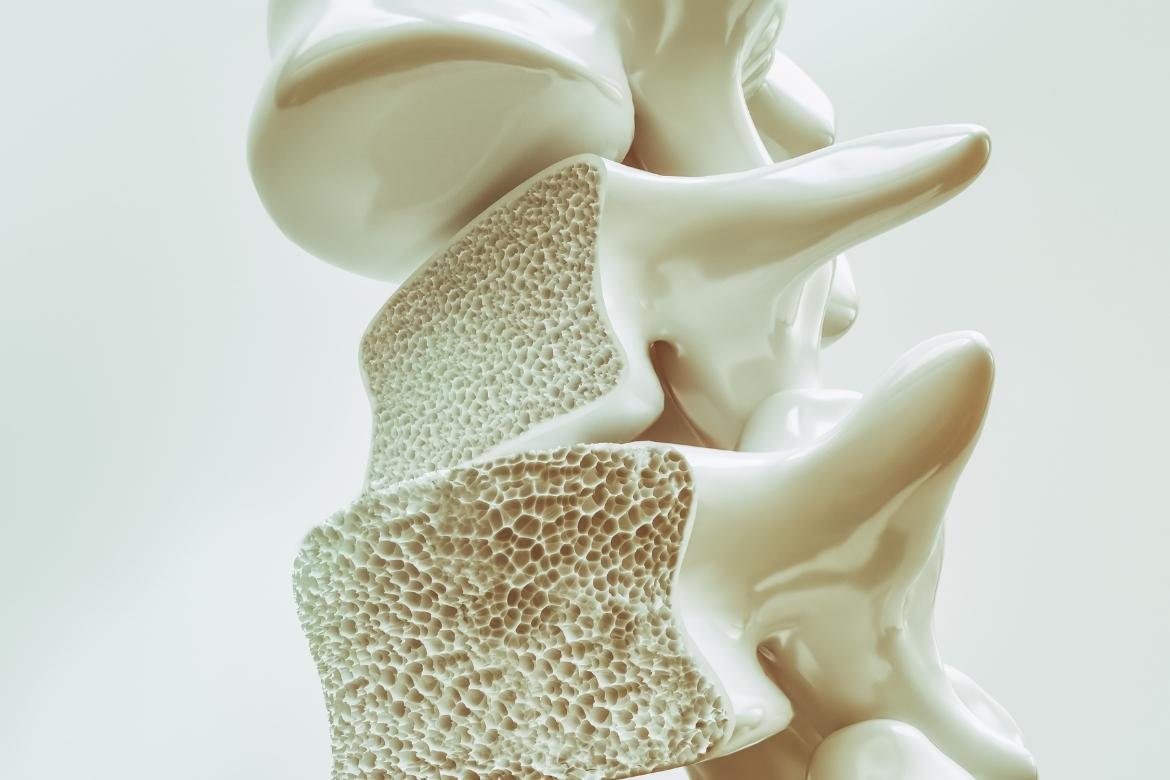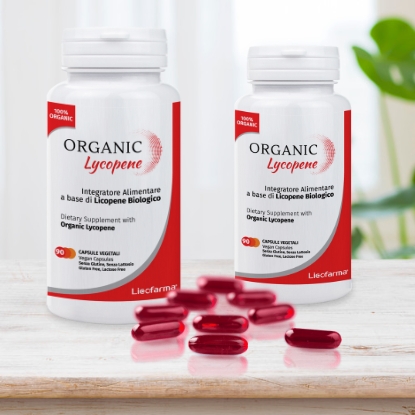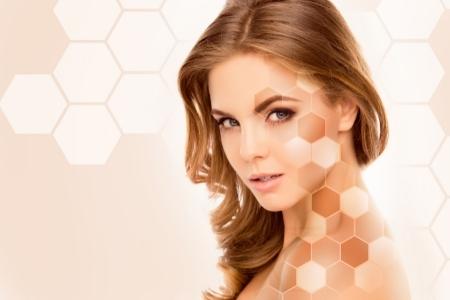 Perhaps not everyone knows that the skin is a real organ of the human body and, moreover, it is also the largest. In adults, on average, it covers an area of about 2 square metres and weighs about 10 kilograms. The skin is an organ, composed of several layers, which is very important as it performs many fundamental functions, in particular:
Perhaps not everyone knows that the skin is a real organ of the human body and, moreover, it is also the largest. In adults, on average, it covers an area of about 2 square metres and weighs about 10 kilograms. The skin is an organ, composed of several layers, which is very important as it performs many fundamental functions, in particular:
- It represents the body's first defense barrier against the attack of pathogens and toxic agents, playing an active role in the physical, biochemical and immunological protection of the body.
- The skin protects the body from mechanical damage, ultraviolet (UV) radiation and environmental factors such as pollution.
- Among other functions, the skin regulates body temperature, is home to tactile receptors, and plays an active role in vitamin D biosynthesis.
What are the layers of the skin?
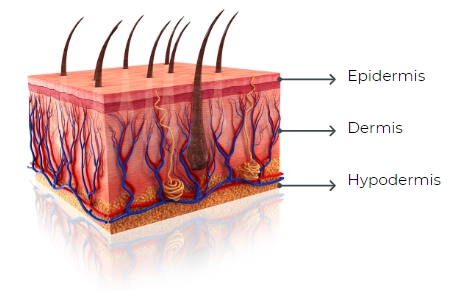 The skin is made up of three layers which, from the outside towards the inside, are called epidermis, dermis and hypodermis.
The skin is made up of three layers which, from the outside towards the inside, are called epidermis, dermis and hypodermis.
Photoaging: what it is and how to prevent it
As the years go by, the skin undergoes a series of biochemical, structural and physiological changes that lead to a loss of consistency and elasticity, making its appearance wrinkled and aged. In addition to the normal passage of time, there are some exogenous factors that can prematurely activate or accelerate the physiological process of skin aging. Among these factors, the one that more than others negatively influences the aging process of the skin is UV radiation, resulting from excessive exposure of the skin to direct sunlight and/or tanning lamps.
How much and what is UV radiation
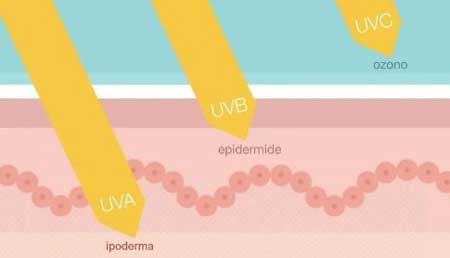 Depending on the wavelength, UV radiation is divided into UV-A (400-315 nm), UV-B (315-280 nm) and UV-C (280-210 nm). The depth of penetration into the skin layers is directly proportional to the length of the wave, and also depends on the phototype. The danger, on the other hand, depends on the energy released, which is inversely proportional to the length of the wave. This means that UV-A radiation, even if it is the least energetic, is the most dangerous because it has the longest wavelength and therefore penetrates deep into the skin, reaching the dermis. Here they act by altering and damaging the cells that produce collagen fibers, elastin and capillaries, which is why they are considered the main causes of photo-induced skin aging also known as photo-aging.
Depending on the wavelength, UV radiation is divided into UV-A (400-315 nm), UV-B (315-280 nm) and UV-C (280-210 nm). The depth of penetration into the skin layers is directly proportional to the length of the wave, and also depends on the phototype. The danger, on the other hand, depends on the energy released, which is inversely proportional to the length of the wave. This means that UV-A radiation, even if it is the least energetic, is the most dangerous because it has the longest wavelength and therefore penetrates deep into the skin, reaching the dermis. Here they act by altering and damaging the cells that produce collagen fibers, elastin and capillaries, which is why they are considered the main causes of photo-induced skin aging also known as photo-aging.
As far as UV-B radiation is concerned, although it has a lower penetrating power, it can cause damage at a cellular level (in the long run it can cause skin cancer such as melanoma) and, in addition, it damages the skin's immune system. UV-C radiation, on the other hand, rarely reaches the skin because it is almost totally absorbed by the atmosphere.
How and why the skin aging process is activated
 One of the main mechanisms by which UV radiation, penetrating into the layers of the skin, accelerates the phenomena of skin aging is oxidative stress. Radiation, in practice, causes the formation of extremely reactive oxygen free radicals the so-called ROS, which induce the oxidation of biological molecules. Photo-oxidation processes in turn can cause erythema and trigger or accelerate aging processes.
One of the main mechanisms by which UV radiation, penetrating into the layers of the skin, accelerates the phenomena of skin aging is oxidative stress. Radiation, in practice, causes the formation of extremely reactive oxygen free radicals the so-called ROS, which induce the oxidation of biological molecules. Photo-oxidation processes in turn can cause erythema and trigger or accelerate aging processes.
Skin aging is, in fact, a natural process that begins already after the age of thirty with the physiological reduction in the production of collagen and elastin, the main components of the connective tissue of the dermis together with glycosaminoglycans. Excessive free radicals produced by excessive exposure to UV-A and UV-B radiation, in particular, accelerate the processes of destruction of elastin fibers, which leads to a progressive decrease in skin elasticity, and the simultaneous decrease in collagen, which leads to a progressive reduction in the compactness and thickness of the dermis with the appearance of wrinkles and laxity.
How to prevent photoaging
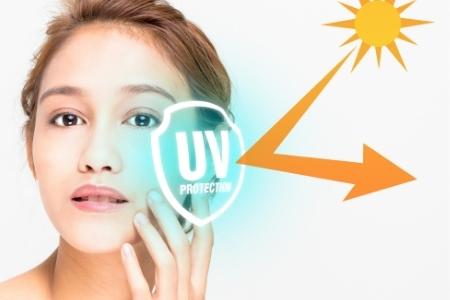 In order to prevent photo-aging and the damage caused to the skin by UV radiation, it is first necessary to avoid excessive exposure to direct sunlight or tanning lamps and, above all, to protect the skin with sunscreen products specific to its phototype.
In order to prevent photo-aging and the damage caused to the skin by UV radiation, it is first necessary to avoid excessive exposure to direct sunlight or tanning lamps and, above all, to protect the skin with sunscreen products specific to its phototype.
In addition to topical products, photodamage can also be prevented through diet. Numerous in vitro and in vivo studies on healthy individuals have shown that the intake of carotenoids helps prevent damage due to excessive and unprotected exposure to the sun.
Discover our line of sunscreens Licosun, specifically formulated to properly protect the skin during sun exposure.
The role of Lycopene in Photoprotection
The intake of products rich in lycopene, in association with other carotenoids, seems to improve the photo-protective effect of the skin against exposure to UV radiation, reducing the risk of erythema and sunburn. In particular, several studies have shown that lycopene, taken topically, thanks to its strong antioxidant properties, is effective in the prevention of photo-oxidative damage caused by UV-B and UV-A radiation.
In a first study, a sample of healthy volunteers was divided into two groups. The first group was given carrot juice from the Nutri Red variety, which is particularly rich in lycopene and beta-carotene (10 mg lycopene and 5.1 mg beta-carotene per day for 12 weeks), while the second group was given tomato paste with olive oil (16 mg lycopene per day for 10 weeks). At the end of treatment in both groups there was an increase in plasma carotenoid levels 1.5-2 times higher than physiological levels and a significant photo-protective effect.
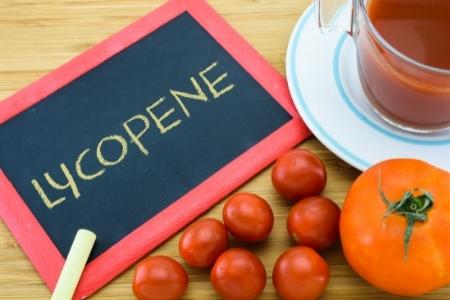 To evaluate the photoprotective effect, during the study at predefined time intervals, each volunteer underwent evaluation of the MED value and the level of lycopene and other carotenoids in plasma and skin. The MED (Minimal Erythema Dose) threshold is the parameter used to assess individual sensitivity to UV radiation and coincides with the minimum dose capable of causing erythema detectable 24 hours after exposure.
To evaluate the photoprotective effect, during the study at predefined time intervals, each volunteer underwent evaluation of the MED value and the level of lycopene and other carotenoids in plasma and skin. The MED (Minimal Erythema Dose) threshold is the parameter used to assess individual sensitivity to UV radiation and coincides with the minimum dose capable of causing erythema detectable 24 hours after exposure.
The results of the study showed that in both groups there was an increase in the photo-protective effect of +40-45% compared to baseline, demonstrating the effectiveness of lycopene, even in combination with other carotenoids, against photo-oxidation damage.
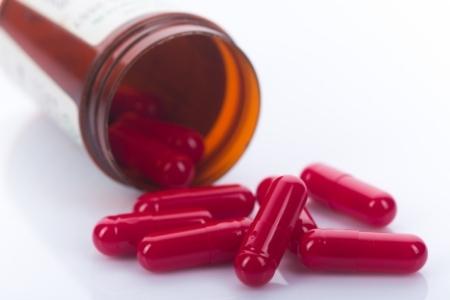 Other studies conducted through the administration of lycopene supplements, with different degrees of quality and bioavailability of the active ingredient, have further demonstrated that the increase of lycopene in plasma is associated with an increase in protection from oxidative damage caused by exposure to UV radiation. Also in this case the MED threshold was used to assess the photoprotective effect on healthy volunteers who participated in the study. The results also showed that the intake of natural lycopene (extracted from tomatoes)results in greater protection than the intake of synthetic lycopene, and this is due both to the better bioavailability of natural lycopene, and to the presence in the latter of other co-extracted carotenoids, in particular beta-carotene.
Other studies conducted through the administration of lycopene supplements, with different degrees of quality and bioavailability of the active ingredient, have further demonstrated that the increase of lycopene in plasma is associated with an increase in protection from oxidative damage caused by exposure to UV radiation. Also in this case the MED threshold was used to assess the photoprotective effect on healthy volunteers who participated in the study. The results also showed that the intake of natural lycopene (extracted from tomatoes)results in greater protection than the intake of synthetic lycopene, and this is due both to the better bioavailability of natural lycopene, and to the presence in the latter of other co-extracted carotenoids, in particular beta-carotene.
To learn more about the difference between the various types of lycopene read our in-depth study on Organic Lycopene.
To strengthen your skin's antioxidant defenses, you can choose Organic Lycopene, the only organic lycopene supplement useful for skin protection.
Bibliography
- Krutmann J. Ultraviolet A radiation-induced biological effects in human skin: relevance for photoaging and photo-dermatosis. J Dermatol Sci 2000; 23 Suppl 1:S22-S26.
- Pinnell SR. Cutaneous photodamage, oxidative stress, and topical antioxidant protection. J Am Acad Dermatol 2003; 48:1-19.
- Wenk J, Brenneisen R, Meewes C, et al. UV-induced oxidative stress and photoaging. Curr Probi Dermatol 2001; 29: 83-94.
- Lee J, Jiang S, Levine N, Watson RR. Carotenoid supplementation reduces erythema in human skin after simulated solar radiation exposure. Proc Soc Exp Biol Med (2000; 223:170-174.
- Fazekas Z, Gao D, Saladi RN, et al. Protective effects of lycopene against ultraviolet B-induced photodamage. Nutr. Cancer 2003; 47:181-187.
- Stahl W, Heinrich U, Wiseman S, et al. Dietary tomato paste protects against ultraviolet light-induced erythema in humans. J Nutr 2001; 131:1449-1451.
- L. Rescio, A. Di Maio, P. Cazzola. Lycopene, photoprotection and skin care: the benefits of organic quality. Journal of Plastic Dermatology 2010; 6, 1.
Disclaimer:
The information on this site is for informational purposes only and is not intended in any way to replace the advice of your doctor or specialist. With reference to the products recommended on the site, it is recommended to always seek the advice of your doctor or specialist before use. In no event shall the owner of the site be liable for any damages resulting from the misuse by the user of the content and information published on the site.

